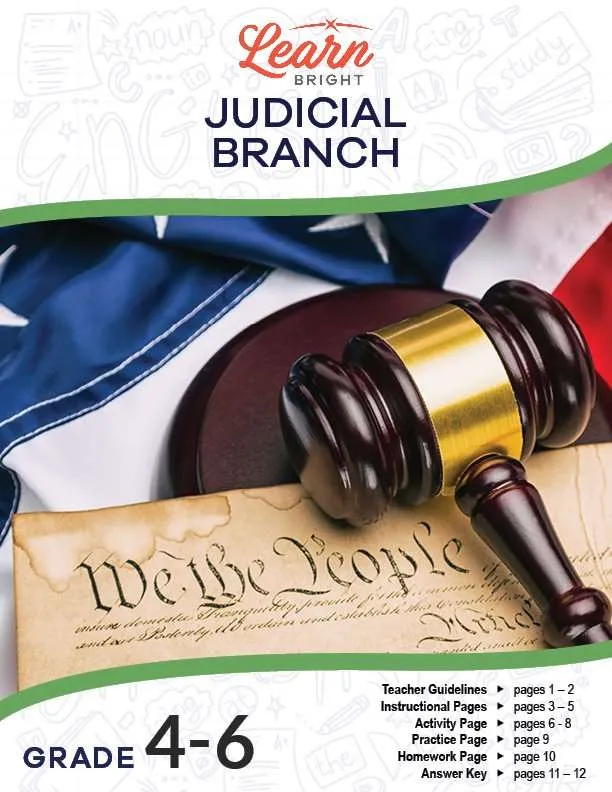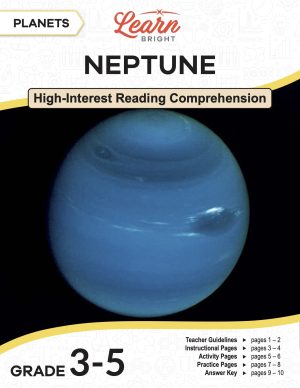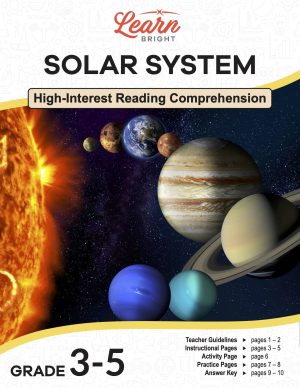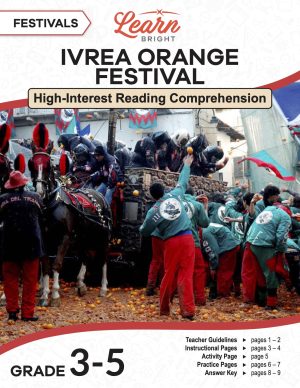Description
What our Judicial Branch lesson plan includes
Lesson Objectives and Overview: Judicial Branch introduces students to the Judicial Branch, including its purpose and its functions in our society. Many people, including students, are unfamiliar with the workings of the judicial branch of the government. At the end of the lesson, students will be able to define the judicial branch of the U.S. government and identify its role and responsibilities for the country and its citizens. This lesson is for students in 4th grade, 5th grade, and 6th grade.
Classroom Procedure
Every lesson plan provides you with a classroom procedure page that outlines a step-by-step guide to follow. You do not have to follow the guide exactly. The guide helps you organize the lesson and details when to hand out worksheets. It also lists information in the green box that you might find useful. You will find the lesson objectives, state standards, and number of class sessions the lesson should take to complete in this area. In addition, it describes the supplies you will need as well as what and how you need to prepare beforehand. To prepare for this lesson ahead of time, you can put students in groups of 3, 5, or 7, make sure your students have internet access, and copy the handouts.
Options for Lesson
Included with this lesson is an “Options for Lesson” section that lists a number of suggestions for activities to add to the lesson or substitutions for the ones already in the lesson. One optional addition to the lesson activity is to increase the number of court cases for each group to review. As an additional activity, you could choose nine students to be the Supreme Court in your classroom and have the other students argue cases in front of them. You could also have students think of current laws and decide whether each should be sent to the Supreme Court for review. You can hold a mock trial with students acting as attorneys, defendants, judges, jury members, and more. Finally, you could invite an attorney or judge to speak to your class about the Judicial Branch and the role of judges.
Teacher Notes
The teacher notes page includes a paragraph with additional guidelines and things to think about as you begin to plan your lesson. This page also includes lines that you can use to add your own notes as you’re preparing for this lesson.
JUDICIAL BRANCH LESSON PLAN CONTENT PAGES
A Branch of Government
The Judicial Branch lesson plan includes three content pages. It begins by telling students that many years ago someone could be arrested for burning the flag. However, the courts later decided that people could burn flags as an expression of their freedom of speech. The Judicial Branch, one of the branches of government in the United States, makes decisions about things related to the U.S. Constitution.
The Federal government has three branches, the Executive Branch (includes the President and appointed members), the Legislative Branch (the Senate and Representatives from states), and the Judicial Branch (the judges and courts). The three branches work together using a system of checks and balances, ensuring that one branch doesn’t have more power than the other branches.
The Judicial Branch includes judges. The people of the U.S. do not elect judges. Instead, the President appoints them and the Senate confirms them. The Supreme Court, the highest court in the land, is part of the Judicial Branch. This court made the decision about flag burning discussed earlier. The Supreme Court has nine judges or justices who serve for life. The Constitution created the Supreme Court, while Congress created the other federal courts.
Courts
Every day, judges make decisions about who is innocent or guilty, what laws are legal, who owes money to someone else, and more. These judges are part of the federal court system or a state court system.
The federal court system makes decisions related to laws that apply to the entire United States. It includes the Supreme Court, the highest court in the land, created by the Constitution. Decisions made in this court are usually related to Constitution or disputes between citizens of different states. The federal court system has different circuits, or districts, throughout the U.S.
The state court system makes decisions that apply to the people living within each state. Specific state’s constitutions create these systems, and their decisions are usually related to everyday life issues, like crimes, family matters, accidents, and traffic violations. Local levels of this court include magistrates, circuit courts, courts of appeals, and more.
Both court systems hear cases and opinions in two categories: criminal cases and civil cases. Criminal cases are the kinds of cases where someone accuses someone else of a crime. Civil cases are disagreements between people that they cannot resolve on their own.
A Client’s Path from a Local Trial to the Supreme Court
Next, the lesson outlines how someone’s case might go from a local trial to the Supreme Court, with examples. The first step is the Trial Court, which we call the District Court for the Federal System. At this step, a lawyer presents the evidence, or the proof of the client’s side of the story, either to a judge (if it’s a bench trial) or a jury of 12 people who make a unanimous decision. The evidence can include witnesses, photos, documents, or other items.
The next step is the Appellate Court, which is above the trial court and we often also call it the court of appeals. To get here, a client can appeal either to one judge or a three-judge panel. They review the previous court decision and case. They can decide to either let the case stand, reverse the decision, or send it back to the trial court.
The final step is the Supreme Court, the highest court in the U.S. This court has nine justices who review cases and decide if a decision should stand, should be overturned, or should be sent back to a lower court. The Supreme Court does not review every case, which means that the decision will not change. The Supreme Court chooses the cases it wants to review.
When the Supreme Court decides whether or not a law is constitutional, we call this judicial review. If they decide it’s unconstitutional, no other court can change that decision. In the future, however, a Supreme Court with different justices could decide to make flag burning illegal again.
We decide most criminal and civil cases in the state court systems. The Supreme Court, on the other hand, only reviews about 150 cases a year out of about 7,500 requests.
The Judicial Branch is one of the three branches of government in the U.S. and includes the federal court system and, in some ways, the state court systems as well.
JUDICIAL BRANCH LESSON PLAN WORKSHEETS
The Judicial Branch lesson plan includes three worksheets: an activity worksheet, a practice worksheet, and a homework assignment. You can refer to the guide on the classroom procedure page to determine when to hand out each worksheet.
MINI SUPREME COURT ACTIVITY WORKSHEET
Students will work in groups to complete the activity worksheet. Each group will act as a mini Supreme Court, reviewing at least three of the included court cases. For each, they will discuss and decide whether to keep the law as it is, make changes to the law, or eliminate the law altogether.
JUDICIAL BRANCH PRACTICE WORKSHEET
The practice worksheet asks students to first number the four sets of events in their correct order. Next, they will tell whether each description is a Trial Court, Appellate Court, or both. Finally, they will fill in the blanks in eight sentences using information from the content pages.
MATCHING HOMEWORK ASSIGNMENT
For the homework assignment, students will match terms from the lesson with their definitions.
Worksheet Answer Keys
This lesson plan includes answer keys for the practice worksheet and the homework assignment. If you choose to administer the lesson pages to your students via PDF, you will need to save a new file that omits these pages. Otherwise, you can simply print out the applicable pages and keep these as reference for yourself when grading assignments.









